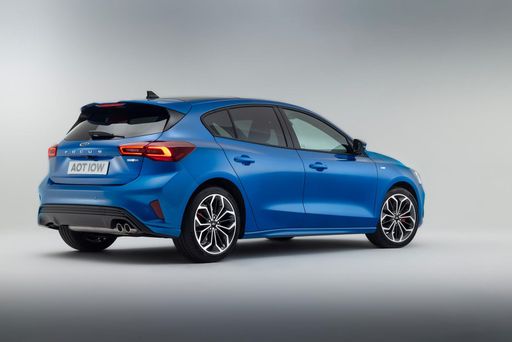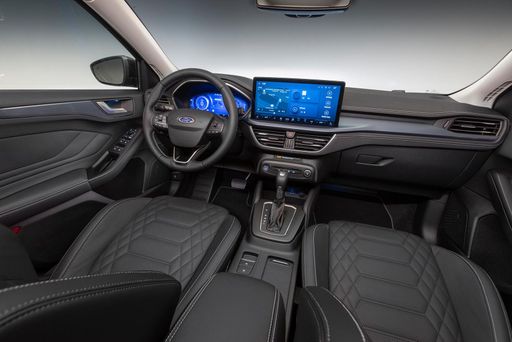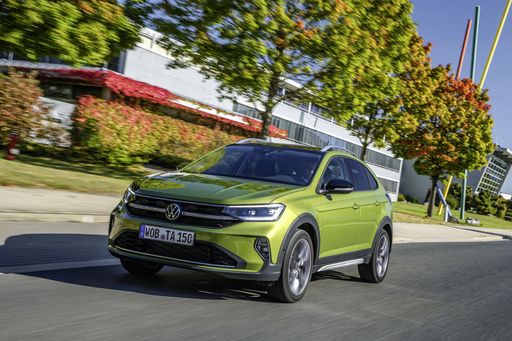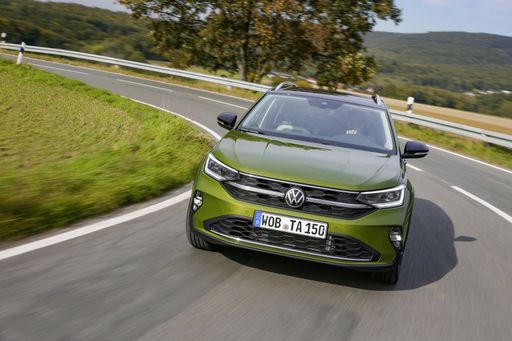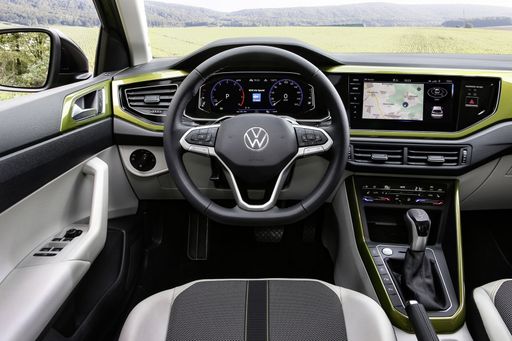Engine and Performance
The Ford Focus offers a diverse range of engine options, including the punchy Petrol MHEV and a robust Diesel variant. Power outputs range significantly from 115 HP with the diesel engine up to a sporty 280 HP with the high-end petrol model. The Focus can accelerate from 0 to 100 km/h in as little as 5.7 seconds in its top variant, boasting a top speed of 250 km/h. For those more inclined towards efficiency, fuel consumption is in the range of 4.9 to 8 L/100km, placing it competitively within its class.
On the other hand, the VW Taigo sticks with a more straightforward petrol lineup, offering between 95 and 150 HP. Its fastest variant, with 150 HP, accelerates from 0 to 100 km/h in 8.2 seconds and reaches a maximum speed of 212 km/h. Fuel efficiency is consistently moderate, with consumption figures between 5.4 and 5.8 L/100km. While not as performance-focused as the Focus, the Taigo strikes a balance between power and efficiency.


